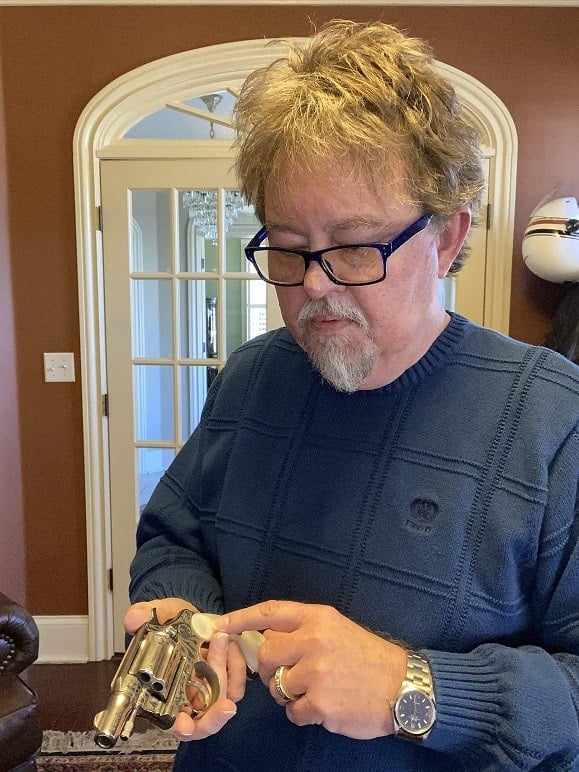
The Colt Detective Special was first produced in 1927 and last produced in 1995. A derivative of the old Colt Police Positive, it was produced to meet the market demand for a gun that was easily concealed. The guns were produced in .32 and .38 caliber. My gun pictured here, was made in 1950. It's caliber is .32 New Police.
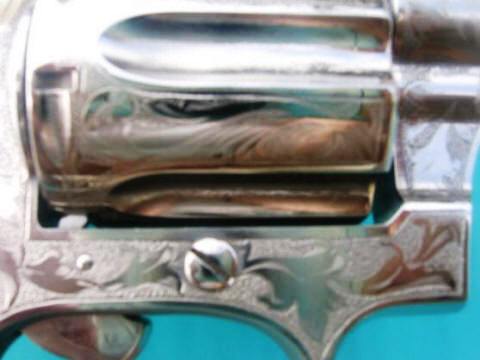
To the collector, factory engraving and special grips have the most value. However I believe in time many of the after-market add-ons and additions to guns will hold their own value.
The .32 New Police caliber is essentially the same as the .32 S&W Long, but with a flat-nosed bullet. This caliber was popular for police use during the early to mid-20th century. The Colt Detective Special in this caliber would have been valued for its compact size and reliability, making it a suitable choice for detectives and police officers who needed a discreet yet effective sidearm.
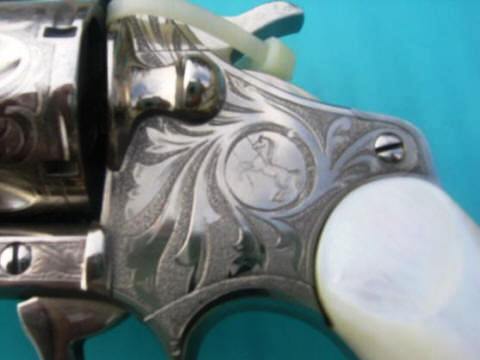
Gun Collecting: .32 Colt Detective Special, Nickel, fully engraved, real mother-of pearl grips. The .32 New Police cartridge (Colt's name for the S&W .32 Long) was and is popular for its accuracy, even in a short barrel gun as the one pictured on this page. I paid $1,750 for this gun in 2005. I was infatuated with the gun because of the caliber, the year 1950, the engraving and the mother-of-pearl grips.
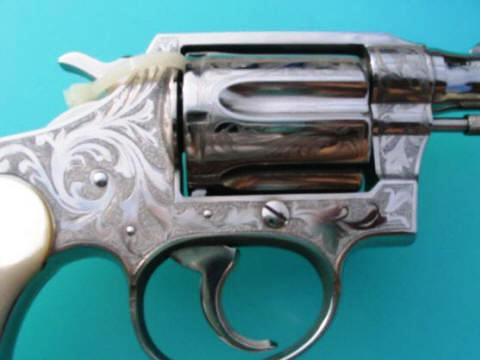
When I purchased this Colt Detective Special .32 Caliber handgun for $1,750, I had no expectations that it would double in value in ten years. I just knew that I wanted to own it for the next ever how many years I could, and leave it to my children.
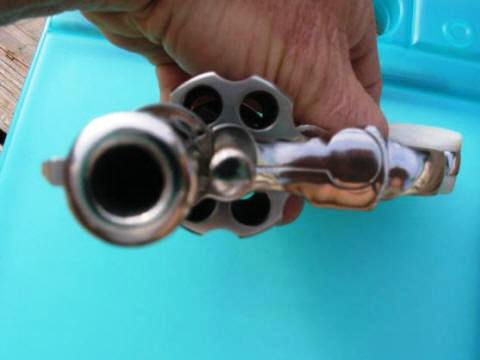
The .32 caliber has gone the way of the 16 gauge shotgun, it is almost non-existant. I hate that, but understand that market demand decides the fate of any product. My rationale in buying this gun was that it would cost $1,300 in 2005 dollars to have it engraved in such a manner. It would also cost $300 to have it nickel plated in 2005 dollars. A 1950 gun would surely cost $150. I easily convinced myself.
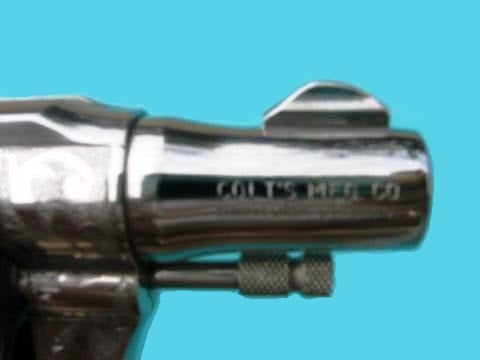
I did not call the Colt Archive at 1-800-962-COLT and assumed that the engraving was after-market. The engraving had the appearance of that of a Texas engraver I had seen before. I love everything about this gun; size, weight, cartridge, accuracy and on top of all that, it's just a thing of beauty. And to top it off, it's from the Baby Boom Period (1946-1964), which I consider to be a fantastic period to focus on for my collection.
The history of the snub-nose revolver is quite fascinating, as it reflects the evolving needs and technologies in the field of personal firearms. Here's an overview of its development: Early Revolvers (19th Century): The history of revolvers dates back to the early 19th century with the invention of the percussion cap. Samuel Colt's patent in 1836 marked a significant advancement. These early revolvers, however, were not snub-nosed but rather had long barrels.
Move Towards Compactness (Late 19th Century): The late 19th century saw a trend towards smaller, more concealable firearms. This was driven partly by advancements in firearm technology and partly by the demand for more discreet personal defense weapons. The Birth of the Snub-Nose (Early 20th Century): The actual snub-nose revolver design (featuring a short barrel typically around 2 inches in length) emerged in the early 20th century. These revolvers were designed to be easily concealed, making them popular among undercover law enforcement officers and private citizens alike.
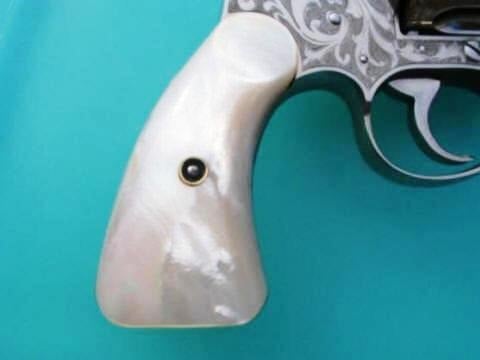
Popularization in Law Enforcement (Mid 20th Century): By the mid-20th century, snub-nose revolvers like the Colt Detective Special and Smith & Wesson J-Frame had become extremely popular, especially in law enforcement. They were often used as backup weapons or by detectives who needed a compact firearm.
ariations and Calibers: Snub-nose revolvers were produced in various calibers, with the .38 Special being one of the most popular due to its effective stopping power and manageable recoil. Other calibers included the .32 and .357 Magnum. Cultural Impact: The snub-nose revolver became an iconic firearm in American culture, often associated with detectives and noir films. Its compact size, reliability, and ease of use contributed to its widespread popularity.
Decline and Enduring Legacy (Late 20th - 21st Century)
The advent of compact semi-automatic pistols in the late 20th century led to a decline in the popularity of snub-nose revolvers. However, they continue to be used and appreciated for their simplicity, reliability, and ease of concealment. Modern materials and manufacturing techniques have also led to lighter and more durable snub-nose designs.
The snub-nose revolver's history is marked by its adaptability to the needs of those seeking a compact, reliable, and easy-to-conceal firearm, and it remains a significant part of firearm history and culture.